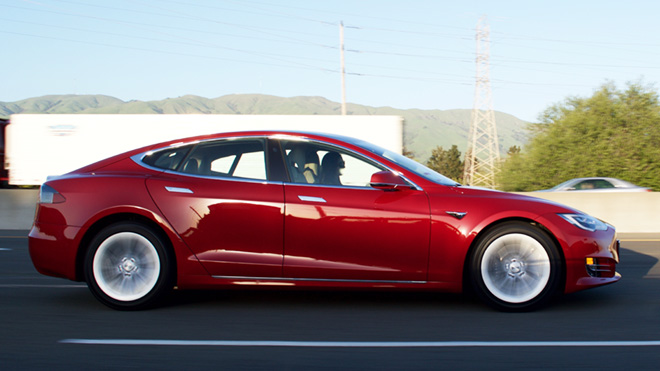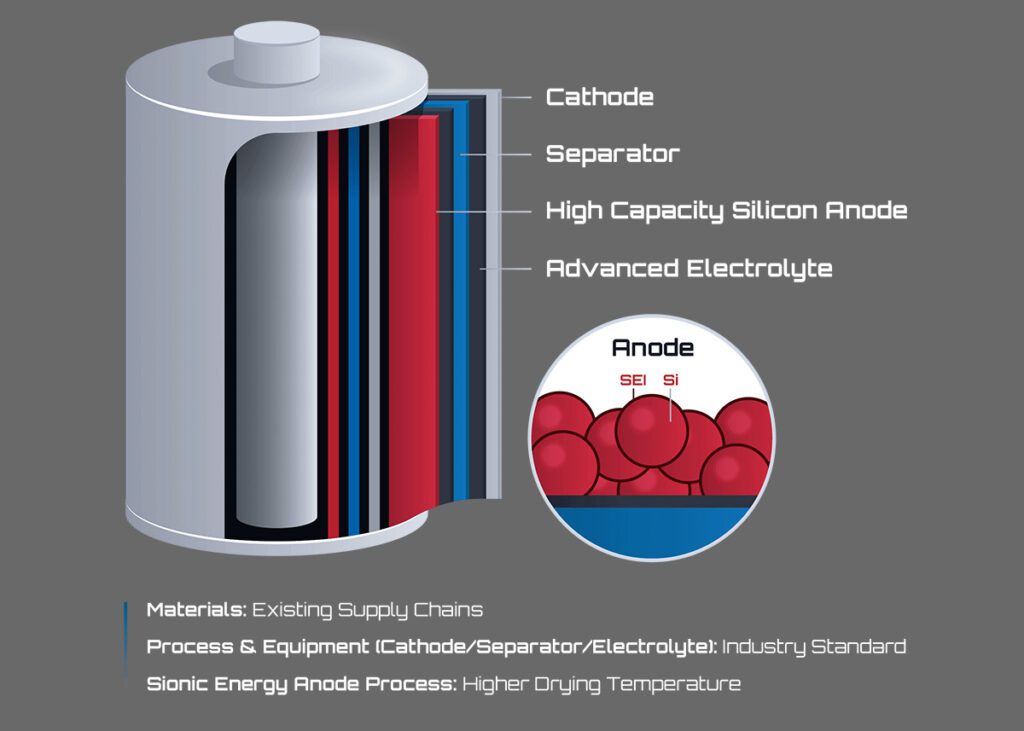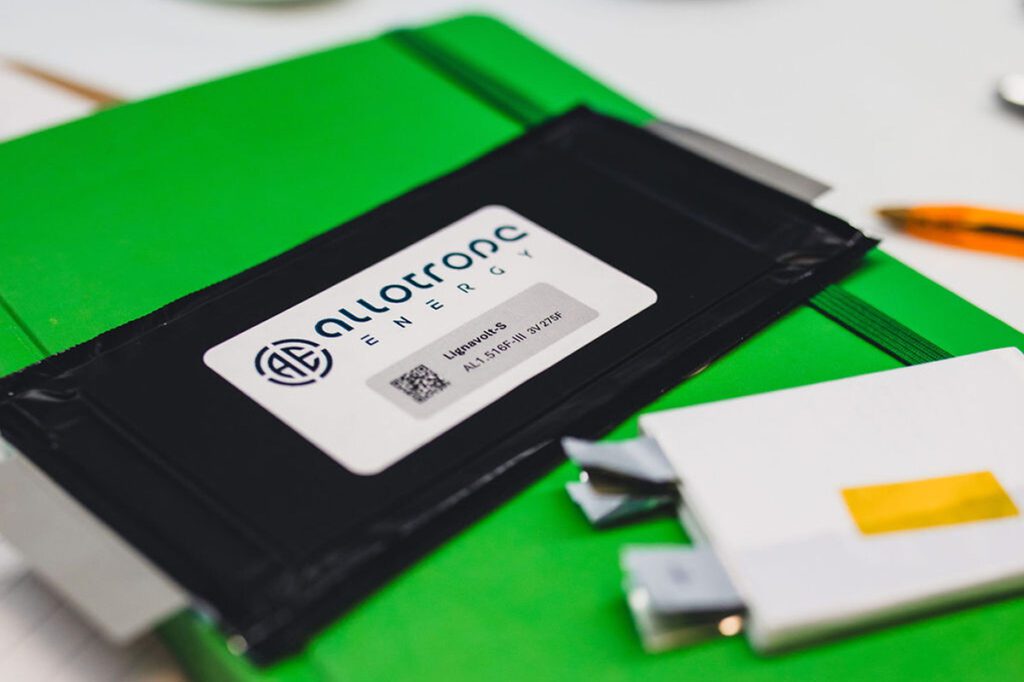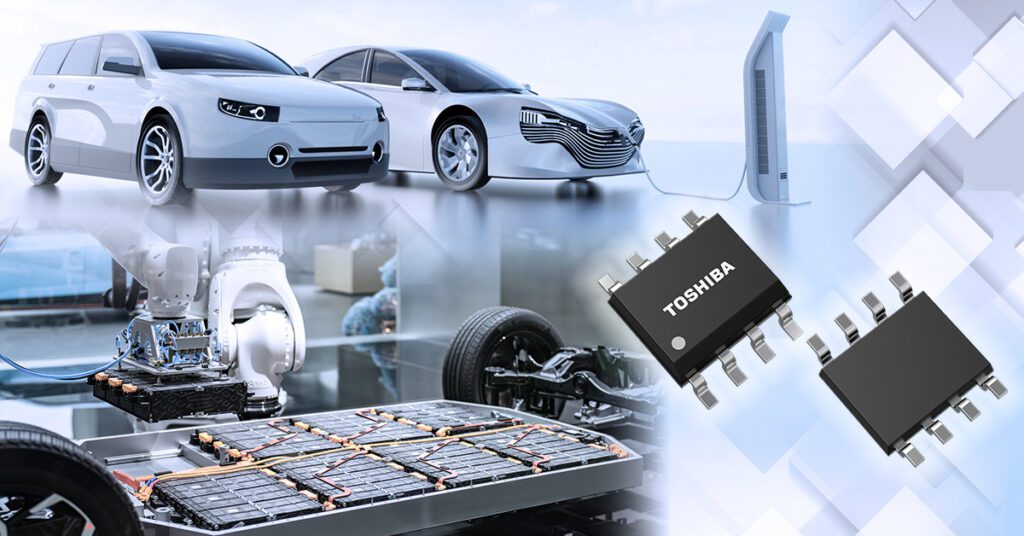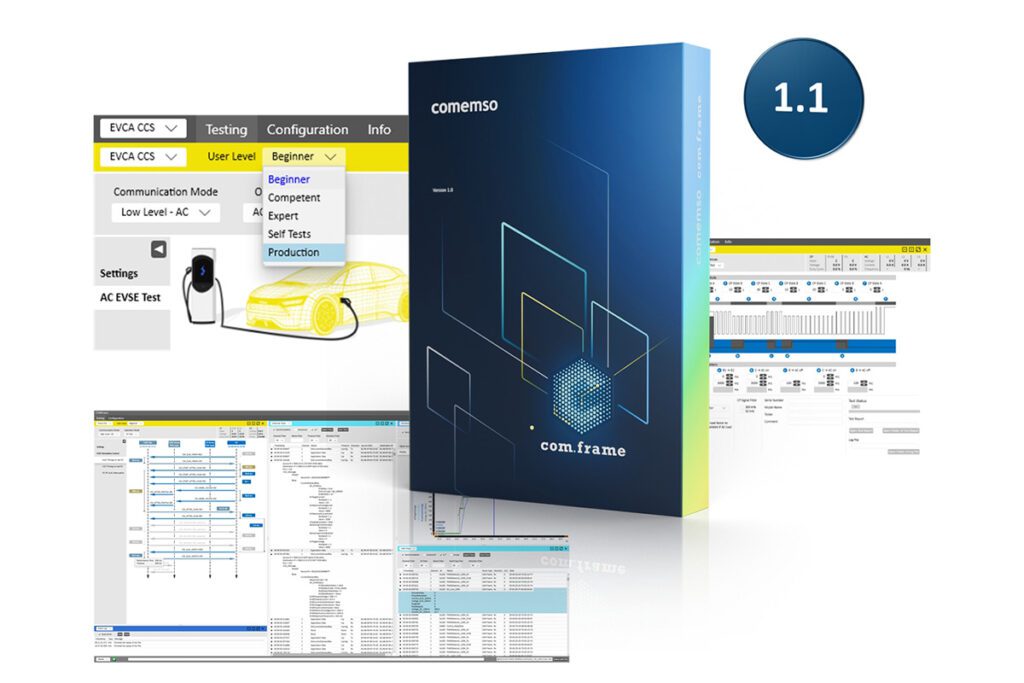After a slow start, Tesla’s sales are starting to take off in the world’s largest auto market. The company sold 10,400 vehicles in China in 2016 – triple the previous year’s figure – and sales for the first three months of 2017 have put it on track to double that this year. China represented around 13% of Tesla’s global deliveries in 2016, translating to $1.1 billion in revenue. And more growth is just around the corner – reservations for Model 3 in China are second only to those in the US.
However, to really kick things into high gear, Tesla will need to start producing vehicles in the country. Now, after months (and years) of rumors, there are reports that a Tesla factory in China is moving closer to reality. “Tesla is talking with the Shanghai Municipal Government to explore the potential of establishing a manufacturing plant in the country to serve the Chinese market,” a company spokesman recently told Forbes.
Bloomberg reported that the company is close to making a deal, citing “people familiar with the matter.” The agreement with the city of Shanghai would allow Tesla to build facilities in its Lingang development zone and could come within days, said the anonymous source. Tesla would need to set up a joint venture with at least one local partner, but there are no indications who that would be.
As other foreign automakers have found, a local JV is a practical necessity to succeed in the Chinese market. Importing cars from California adds a hefty layer of expenses, and China’s 25% tariff on foreign-made goods and 17% value-added tax add more. The end price to a Chinese buyer is as much as 50% higher than in the US – Model S starts at the equivalent of $105,000, and Model X at $130,000. Teslas remain status symbols for the wealthy, and most of Tesla’s 2016 sales were concentrated in Beijing, Shanghai, and Shenzhen, China’s centers of prosperity. Model 3 will probably sell for around $50,000 in China, putting it out of the reach of middle-class buyers. Without a local factory, Tesla won’t be able to bring prices down to a level that will make Model 3 a truly mass-market model.
Even before the latest news, there were signs that Tesla’s Chinese fortunes were looking up. A recent in-depth article in Fortune recaps the company’s history in the Middle Kingdom. For its first few years in the country, Tesla was plagued by delivery delays, customer service missteps and a lack of charging infrastructure. More recently, several factors have combined to brighten the outlook. The arrival of Model X tapped into China’s love of SUVs; the number of charging stations reached critical mass; and the company’s direct-sales model began to catch on. Perhaps most importantly, the rising tide of the government’s support for electrification is lifting China’s electric vehicle industry to new heights. In 2016, sales of plug-in vehicles in China rose 50% to 507,000, more than three times the US figure. The government is forecasting sales of 7 million per year by 2025.
Tesla began taking orders for Model S in China in August 2013, and had 5,000 preorders on the books by the end of the year. At first however, in an effort to ensure a good customer experience, Tesla accepted orders only from buyers in cities that had Tesla service centers, and who had access to a parking spot and a home charger. These restrictions encouraged gray-market resellers, who bought in bulk and resold to buyers who didn’t meet Tesla’s requirements. The first China deliveries arrived in spring 2014, but customers outside of Beijing and Shanghai were told they wouldn’t get their cars until Tesla’s new service centers were finished. Unlike in the US and Europe, Tesla didn’t get much coverage in the Chinese press. Most potential customers knew very little about electric vehicles – many didn’t understand that they are designed to be charged at home (of course, many consumers in the US still don’t realize this), and thought they would have to rely on public charging, which was almost non-existent at that time.
By the end of 2014, things were looking bad. Tesla had shipped some 4,700 cars to China, but sold only 2,500. The company blamed the shortfall on speculators, but, according to Fortune, several former employees say the real problem was a lack of customer support.
In January 2015, a company spokesman acknowledged that Tesla had been “a little bit too impatient in the Chinese market.” The company shook up its local leadership, making Tom Zhu head of China operations, and revamped its strategy. Elon Musk traveled to China to meet with President Xi Jinping and other leaders, and tweeted that he was “very optimistic” despite “earlier mistakes.”
By the end of 2015, sales were still disappointing – 3,700 for the year – but the future was looking brighter. Tesla was installing Superchargers faster than anywhere else in the world (today there are about 120 Supercharger locations in China, and the company says there will be a total of 800 charging stations by the end of 2017).
Meanwhile, Chinese consumers were starting to realize the advantages of buying a Tesla. In China, most foreign luxury cars are sold at dealerships known as “4S stores,” which tack on huge extra fees. Tesla’s direct-sales model lets buyers avoid dealers, which are no more loved than they are in the US. Also, unlike other automakers, Tesla doesn’t jack up its prices for export markets – its vehicles are priced roughly the same in China as in the US. The bottom line is that, even though hefty import tariffs increase the total cost, Teslas still cost less than other coveted luxury vehicles.
Chinese buyers have also learned that buying a plug-in may be the only way to get any car at all in a reasonable time frame. To fight congestion and air pollution, local governments issue a limited number of license plates, and getting one can take years (in 2015, 6.2 million Beijing residents applied for 37,000 available licenses). In many cities, electrified vehicles are exempt from these restrictions, and from enormous registration fees. This situation has led to unintended consequences – Chinese consumers are buying plug-in hybrid SUVs as fast as they can get them, even though they may never plug them in – but that’s another story.
China hands agree that the most important factor for any foreign company is a good relationship with the government, something that Tesla has been carefully building. Like Apple, it’s putting money back into the local economy by buying Chinese-made components, especially touch screens. In 2015, Tom Zhu said Tesla would double its spending on Chinese-made parts, to $500 million.
Source: Evannex







